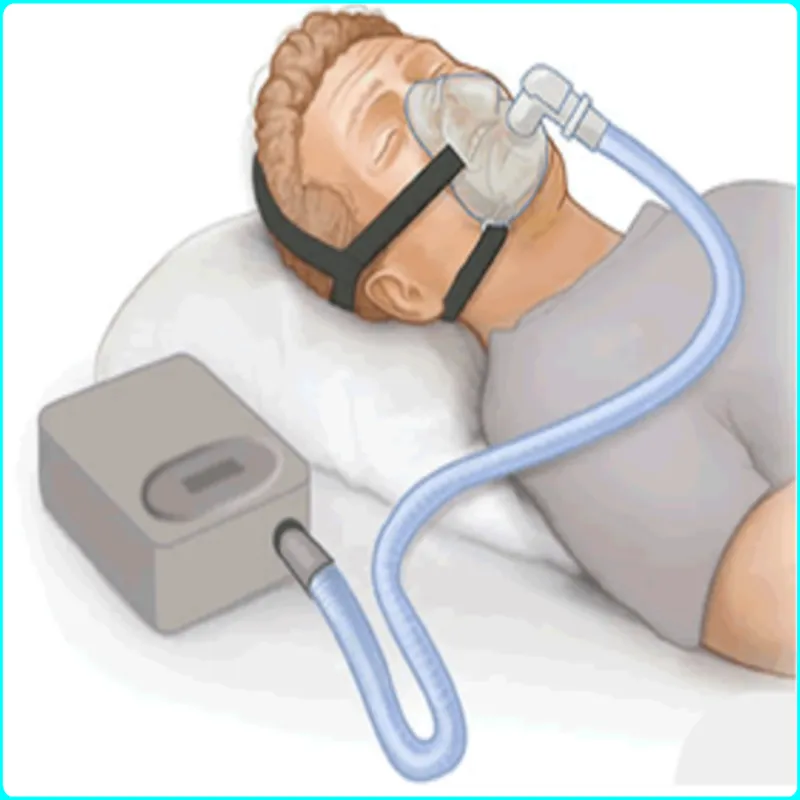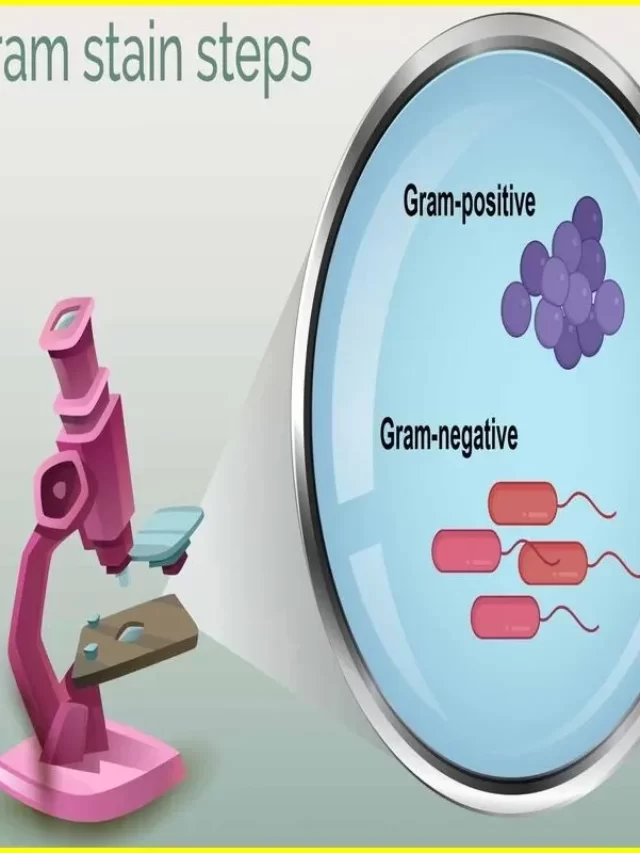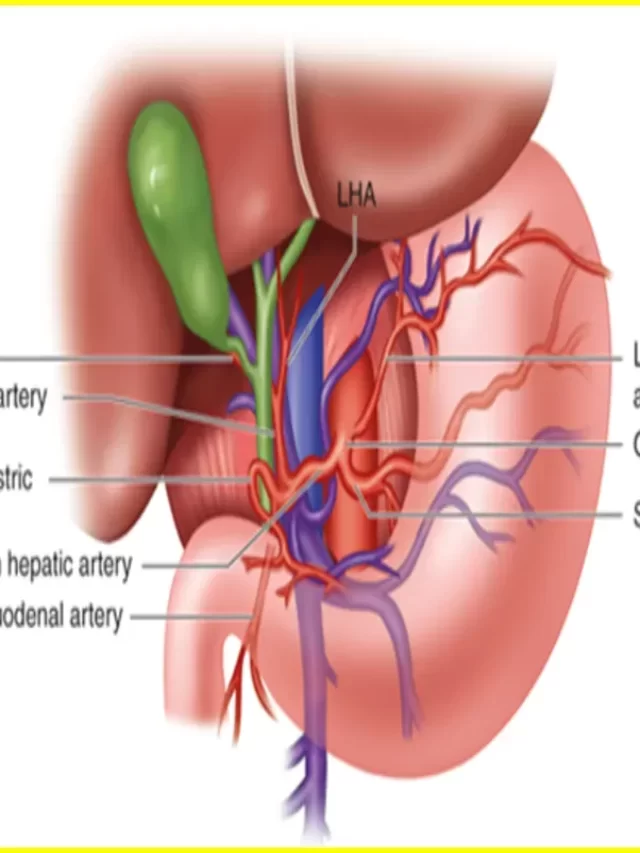What is BIPAP Machine?
BiPAP stands for Bi-Level Positive Airway Pressure. It is a kind of positive airway pressure machine. Which is used to maintain a consistent breathing pattern at night or during symptom flare-ups in people with COPD.
The machine pressurizes the air to a higher quality level than the air in the room, which helps a person take in oxygen and remove carbon dioxide. This helps them to breathe more easily, either while falling asleep or experiencing a flare-up of symptoms.
Patients with COPD usually do not need a BiPAP machine, and the device does not work well for every person. The doctor decides whether it will be beneficial for them or not.
Article About:- Health & fitness
Article About:- Medical Technology
Article About:- Sports
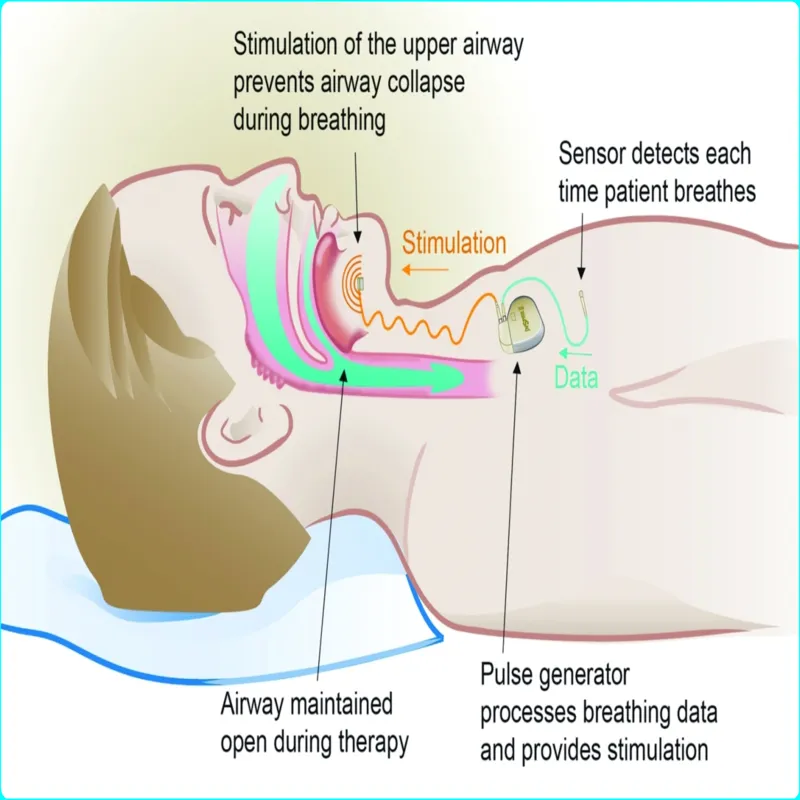
If the patient has sleep apnea or any other condition that affects his breathing, the doctor may refer him to a Bilevel Positive Airway Pressure Machine, or BiPAP. Sometimes called a BPAP, this is a device that helps you breathe.
During normal breathing, the lungs expand when inhaling. This is due to the diaphragm, which is the main breathing muscle in the patient’s chest, moving in a downward direction. This reduces the pressure inside the tubes and sacs of your lungs. This reduction in pressure sucks air into your lungs. They fill with oxygenated air.
BiPap machine is a type of positive pressure ventilator. Positive air pressure is achieved when using the BiPap when inhaling and exhaling. But when inhaling, high air pressure is obtained. This setting is different from other types of ventilators.
How does a BIPAP machine work?
A medical device called a BIPAP (Bilevel Positive Airway Pressure) machine is used to treat a number of respiratory disorders, most notably sleep apnea. It functions by providing the patient with compressed air to assist keep their airways clear and open for breathing. The operation of a BIPAP machine may be briefly explained as follows:
- Pressure Settings:
- BIPAP machines have two pressure settings – one for inhalation (IPAP) and one for exhalation (EPAP).
- IPAP (Inspiratory Positive Airway Pressure) is the higher pressure delivered during inhalation to support the opening of the airways.
- EPAP (Expiratory Positive Airway Pressure) is the lower pressure maintained during exhalation to prevent airway collapse.
- Mask or Interface:
- The patient wears a mask or other interface that covers the nose, mouth, or both.
- The mask is connected to the BIPAP machine through tubing.
- Monitoring and Adjustment:
- The BIPAP machine continuously monitors the patient’s breathing patterns.
- When the device detects the onset of inhalation, it increases the air pressure to the preset IPAP level to assist in opening the airways.
- Exhalation Phase:
- During exhalation, the pressure is lowered to the EPAP level to facilitate the smooth passage of air out of the lungs.
- This decrease in pressure reduces the effort required for the patient to exhale.
- Cycle Repetition:
- The BIPAP machine repeats this cycle, adjusting the pressure settings based on the patient’s breathing needs.
- Comfort Features:
- Modern BIPAP machines often come with additional features like ramping, which allows for a gradual increase in pressure to help the patient adapt comfortably.
- Some machines also have data recording capabilities to track the effectiveness of treatment and ensure optimal pressure settings.
BIPAP treatment is frequently recommended for respiratory problems, central sleep apnea, and obstructive sleep apnea. It is more adaptable than continuous positive airway pressure (CPAP) machines because of its dual pressure settings, which offer personalized assistance for both inhalation and exhalation. It is crucial for patients utilizing a BIPAP machine to collaborate together with their medical professionals in order to guarantee appropriate pressure setting adjustments and therapy efficacy overall.

What is the working principle of the Bipap machine?
To help people with respiratory problems, a BIPAP (Bilevel Positive Airway Pressure) machine works by supplying two different pressure levels during the breathing cycle. Here’s a more thorough breakdown of how it functions:
- Pressure Levels:
- BIPAP machines have two adjustable pressure settings – IPAP (Inspiratory Positive Airway Pressure) and EPAP (Expiratory Positive Airway Pressure).
- Inhalation (IPAP) Phase:
- When the user inhales, the BIPAP machine delivers a higher pressure (IPAP) to support the opening of the airways.
- This elevated pressure helps overcome any obstructions or resistance in the respiratory system, making it easier for the individual to breathe in.
- Exhalation (EPAP) Phase:
- During exhalation, the BIPAP machine reduces the pressure to a lower level (EPAP).
- This lower pressure allows for a more comfortable and natural exhalation process, preventing unnecessary strain on the respiratory muscles and maintaining an open airway.
- Cycling Between Pressure Levels:
- The BIPAP machine continuously cycles between the IPAP and EPAP settings throughout the breathing process.
- This cycling creates a pressure gradient that supports inhalation and reduces the resistance during exhalation.
- Adaptability and Customization:
- The ability to customize the IPAP and EPAP levels makes the BIPAP machine adaptable to the specific needs of each individual.
- Healthcare providers can adjust these pressure settings based on the patient’s respiratory condition and response to therapy.
- Monitoring and Adjustment:
- BIPAP machines typically feature sensors that monitor the patient’s breathing patterns.
- Based on real-time data, the machine can automatically adjust the pressure levels to optimize therapy effectiveness.
- Comfort Features:
- Many BIPAP machines come with additional features to enhance comfort, such as ramping, which gradually increases pressure at the beginning of the therapy session to help users acclimate.
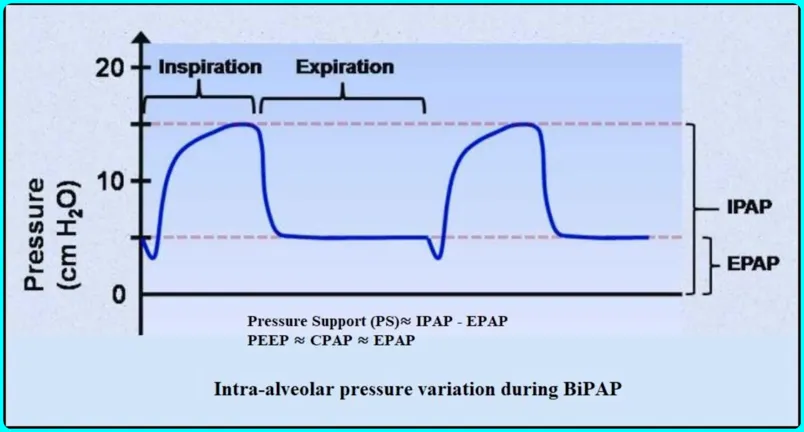
In this situation the doctor may recommend that BiPAP be used. This pushes pressurized air into the lungs. This opens them up and lets them get needed oxygen, which reduces the chances of things like a heart attack.
Who uses BiPAP?
If there is a medical condition that sometimes causes difficulty breathing, BiPAP may be of benefit. BiPAP is helpful for obstructive sleep apnea, a serious condition where breathing stops.
Your doctor may also recommend BiPAP if you have any of these problems:
1.) obstructive sleep apnea
2.) Pneumonia
3.) Neurological diseases that interfere with breathing
4.) Asthma flare-ups
5.) Chronic Obstructive Pulmonary Disease (COPD)
6.) Heart failure or coronary artery disease
7.) a neurological or muscular disorder
8.) Obesity Hypoventilation Syndrome
9.) Bad breath after a medical procedure or due to any other medical condition
If you have trouble breathing in or out all the time. Then maybe a BiPAP isn’t for you. Instead, your doctor may recommend another device to help you get enough air.
BiPap may not be a good option if your breathing is very bad. Instead you may need a ventilator with a mechanical tube that is inserted down your throat. Or you may benefit from a tracheostomy, a procedure that creates an airway in your trachea.
In some cases, people may transfer such ventilator support to a BiPAP as their breathing improves. People who don’t want a breathing tube but want some assistance with breathing can also use the BiPap.
Side Effects of BiPAP Machine
BiPAP is considered secure. One of the most common problems associated with BiPAP is fitting a facemask too tightly to damage the skin, or fitting too loosely, which causes pressurized air to leak out of the mask.
Some people have reported the following side effects:
- mild abdominal swelling.
- dry mouth.
- eye irritation.
- sinus pain.
- general discomfort.
- nasal dryness.
- running nose.
- sinus pressure.
- Skin irritation from mask.
Talk to your healthcare provider about any symptoms you have. Often, adjustments can be made to reduce side effects such as dryness of the mouth or nose, and congestion.
If the mask is too tight on the face and causes redness or indentations, try loosening it. If that doesn’t help, there are mask liners to try, but the best option is often to try another shape or style of mask.
You can prevent this by checking the sides of the mask to make sure air is not escaping. Some machines also display a “Mask Leak” warning to see if it is working that way.
What is Difference between BiPAP and CPAP? BiPAP vs CPAP
Positive airway pressure devices, such as BiPAP (Bilevel Positive Airway Pressure) and CPAP (Continuous Positive Airway Pressure), are utilized to treat respiratory problems associated with sleep, namely sleep apnea. Their modes of operation and how they supply air pressure to the airways, however, are different.
CPAP (Continuous Positive Airway Pressure):
- Working Principle:
- CPAP delivers a continuous and constant air pressure throughout the breathing cycle.
- The pressure is set at a single, fixed level, maintaining an open airway by preventing it from collapsing during both inhalation and exhalation.
- Use:
- CPAP is often prescribed for individuals with obstructive sleep apnea (OSA) or other conditions where maintaining a constant airway pressure is essential.
- Pressure Settings:
- CPAP machines have a single pressure setting, which is determined by the healthcare provider based on the severity of the sleep apnea and the individual’s needs.
BiPAP (Bilevel Positive Airway Pressure):
- Working Principle:
- BiPAP provides two distinct pressure levels during the breathing cycle.
- IPAP (Inspiratory Positive Airway Pressure) is higher and supports inhalation by overcoming resistance or obstructions.
- EPAP (Expiratory Positive Airway Pressure) is lower and facilitates a more comfortable exhalation process.
- Use:
- BiPAP is often prescribed for individuals with more complex respiratory conditions, including central sleep apnea, as well as those who may require different pressure levels for inhalation and exhalation.
- Pressure Settings:
- BiPAP machines are adjustable, allowing healthcare providers to set separate IPAP and EPAP levels based on the patient’s requirements.
Key Differences:
- Number of Pressure Levels:
- CPAP provides a single continuous pressure.
- BiPAP provides two pressure levels, one for inhalation (IPAP) and one for exhalation (EPAP).
- Conditions Treated:
- CPAP is commonly used for obstructive sleep apnea.
- BiPAP is often used for more complex cases, including central sleep apnea and conditions where different pressure levels are needed for inhalation and exhalation.
- Customization:
- CPAP has a fixed pressure setting.
- BiPAP allows for the adjustment of both IPAP and EPAP levels, offering greater customization.
- Comfort:
- Some individuals find BiPAP more comfortable due to the ability to adjust pressure during exhalation.
- Whereas the BIPAP machine runs on a bilevel positive airway pressure, the CPAP machine runs at a continuous positive airway pressure.
- The patient receives constant single airway pressure from the CPAP machine. Nonetheless, the patient’s needs may require a modification to the initial amount. In contrast, BiPAP gives the patient two successive airway pressures. One happens during inspiration, and the other happens after you expire.
- Patients with common breathing issues like sleep apnea are treated with CPAP equipment. BIPAP is recommended if the patient’s condition is too complex.
- Termination might be challenging since the CPCP machine constantly applies a strong positive pressure. Breathing becomes significantly easier with BiPap because it reduces airway pressure during exhalation.
- A BiPAP costs less to purchase than a CPAP.

What is the main BiPAP settings
BiPAP Methods
CPAP Mode:- In this mode a single continuous airway pressure is provided during inspiration and expiration.
APAP Mode:- APAP stands for Auto CPAP. This is an improved version of CPAP mode. In this the machine will automatically set and change the CPAP pressure based on the requirement of the patient.
S Mode: This is a very comfortable mode, in which the patient controls the breathing cycle.
T mode: Timed mode in which the change between IPAP and EPAP is based on the scheduled time.
S/T Mode: This is a combination of both spontaneous and timed mode. If the patient becomes unable to breathe spontaneously within the prescribed time, the timed mode will work. Otherwise, the spontaneous mode will continue to work.
Parameters
Different models of the machine allow users to set different parameters. Some of them prominent are as follows:
PSmin = 3 cm H2O
psmax = 15 cm H2O
EPAPmin = 4 cm H2O
IPAPmax = 20 cm H2O
The machine may also have the following characteristics.
1.) Respiration to Respiration (I:E) Ratio
2.) Actual Breathing Rate
3.) Estimated Tidal Volume, Minute Volume and Air Leakage
4.) Number of Apnea
5.) Alarm button, alarm reset, etc.

What are the other treatments for COPD?
Patients should always discuss their COPD management plan with their doctor and have regular check-ups.
According to a study by the British Lung Foundation, staying active and exercising regularly can help with COPD symptoms. If a person smokes, the best treatment is to quit smoking.
What can be the medicines for this?
There are two main types of medications for COPD:
The first controller drugs that stop the symptoms of COPD.
Other rescue medications that relieve symptoms when someone has a flare-up.
Examples of controllers that doctors might recommend include:
Surgery
Surgery can help treat some of the symptoms of COPD, depending on their cause.
If a person has emphysema, lung volume reduction surgery may be an option. It involves removal of the most affected parts of the lung which improves the function of healthy tissue.
People may be offered a lung transplant in the most severe cases of COPD where they have not improved with other treatments.
Bipap Mask
In non-invasive ventilation therapy, a form of respiratory mask called a BiPAP (Bilevel Positive Airway Pressure) mask is utilized. Pressurized air is intended to be delivered to the user’s airway in order to facilitate breathing and help keep the airway open. Inspiratory positive airway pressure (IPAP) and expiratory positive airway pressure (EPAP) are the two pressure levels that are delivered by the BiPAP machine through the mask.
When inhaling, the IPAP delivers a greater pressure, and when exhaling, the EPAP delivers a lower pressure. People who suffer from respiratory disorders including chronic obstructive pulmonary disease (COPD), sleep apnea, or other breathing issues may find this dual-pressure system helpful.
People can select the BiPAP mask that best meets their comfort and therapeutic needs from a variety of options, including full face masks, nasal masks, and nasal pillows. To choose the best BiPAP mask for a person’s unique needs, it is advised to speak with a respiratory therapist or other healthcare provider.
FAQ
What is the BiPAP used for?

If you’re having trouble breathing, a BiPAP machine helps push air into your lungs. You wear a mask or nose plug that is attached to the ventilator. The machine supplies pressurized air into your airways. This is called “positive pressure ventilation” because the device helps to open up your lungs with this air pressure.
How long for bipap to lower co2
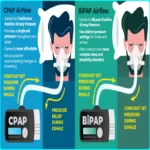
The time it takes for a BiPAP (Bilevel Positive Airway Pressure) machine to lower carbon dioxide (CO2) levels in the body can vary depending on several factors, including the severity of the respiratory condition, individual response to treatment, and compliance with therapy. BiPAP therapy helps by providing positive pressure during inhalation, which can improve ventilation and help remove excess CO2.
What is a bipap machine

1. A BiPAP machine is a medical device used for non-invasive ventilation therapy.
2. It delivers pressurized air to the airway through a mask.
3. It helps maintain an open airway and supports breathing.
4. Unlike CPAP, it provides two levels of pressure: higher during inhalation (IPAP) and lower during exhalation (EPAP).
5. It is commonly used for sleep apnea, COPD, and other respiratory conditions.
6. Prescribed and monitored by healthcare professionals for individualized therapy.
What is Resmed bipap machine

1. ResMed is a well-known manufacturer of BiPAP machines and other sleep apnea and respiratory devices.
2. ResMed’s BiPAP machines are designed to deliver effective and comfortable non-invasive ventilation therapy.
3. They feature advanced algorithms and technologies for accurate pressure delivery and patient synchronization.
4. ResMed BiPAP machines offer adjustable pressure settings for both inhalation (IPAP) and exhalation (EPAP).
5. They may have additional features such as humidification, ramp-up function, data recording, and connectivity options.
6. ResMed BiPAP machines are typically prescribed by healthcare professionals based on individual needs and medical conditions.
What is the difference between a cpap and a bipap machine

1. CPAP (Continuous Positive Airway Pressure) delivers a continuous fixed pressure throughout the breathing cycle, while BiPAP (Bilevel Positive Airway Pressure) delivers two different levels of pressure: a higher level during inhalation (IPAP) and a lower level during exhalation (EPAP).
2. CPAP is commonly used to treat sleep apnea by providing a constant flow of air to keep the airway open, while BiPAP is often used for more complex respiratory conditions that require different pressure levels during inhalation and exhalation.
3. BiPAP is beneficial for individuals who have difficulty exhaling against higher pressures or who require additional support for ventilation.
4. BiPAP may be more comfortable for some individuals as the lower EPAP pressure allows for easier exhalation.
5. BiPAP machines are generally more expensive than CPAP machines due to the additional functionality and technology involved.
What is the difference between cpap and bipap machine

1. CPAP (Continuous Positive Airway Pressure) delivers a continuous fixed pressure throughout the breathing cycle, while BiPAP (Bilevel Positive Airway Pressure) delivers two different levels of pressure: a higher level during inhalation (IPAP) and a lower level during exhalation (EPAP).
2. CPAP is commonly used to treat sleep apnea by providing a constant flow of air to keep the airway open, while BiPAP is often used for more complex respiratory conditions that require different pressure levels during inhalation and exhalation.
3. BiPAP is beneficial for individuals who have difficulty exhaling against higher pressures or who require additional support for ventilation.
4. BiPAP may be more comfortable for some individuals as the lower EPAP pressure allows for easier exhalation.
